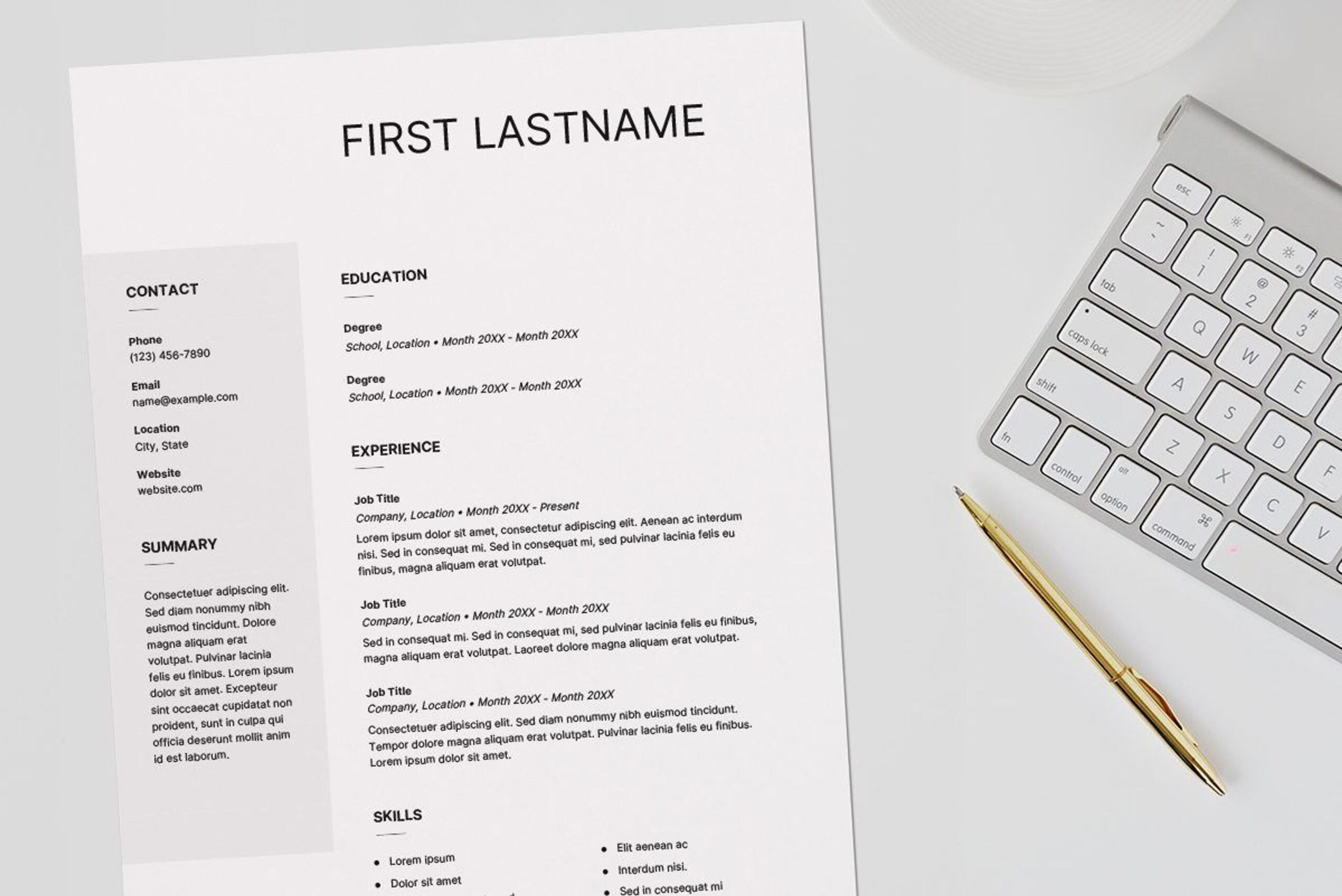Red Hat is a leading provider of enterprise open-source software solutions, using a community-powered approach to deliver high-performing Linux, cloud, container, and Kubernetes technologies. Founded in 1993, Red Hat has become synonymous with open-source in the enterprise world. Key offerings include:
- Red Hat Enterprise Linux (RHEL): A leading enterprise Linux platform
- Red Hat OpenShift: An enterprise Kubernetes platform
- Red Hat Ansible Automation Platform: For IT automation
- Red Hat OpenStack Platform: For building and managing cloud computing platforms
- Red Hat Middleware: A comprehensive portfolio for modern application development
Red Hat’s Impact on the Open-Source and Enterprise Software Industry
Red Hat has significantly influenced the tech landscape:

- Enterprise Open-Source Adoption: Pioneered the business model of open-source software for enterprise use
- Linux in Enterprise: Instrumental in making Linux a viable option for enterprise environments
- Kubernetes and Containerization: Leading the charge in enterprise container adoption through OpenShift
- DevOps and Automation: Advancing DevOps practices with tools like Ansible
- Cloud-Native Technologies: Driving innovation in cloud-native application development and deployment
Read: Ultimate Guide: Land a Remote Job at HubSpot in 2024 | Insider Tips & Tricks
Company Mission, Vision, and Values
Mission: “To be the catalyst in communities of customers, contributors, and partners, creating better technology in an open source way.”
Vision: Red Hat envisions a world where open source is the foundation for innovation and collaboration in the software industry, driving technological advancement and solving complex problems.
Values:
- Freedom: Commitment to open-source principles
- Courage: Challenging conventions and taking calculated risks
- Commitment: Dedication to customer success and community well-being
- Accountability: Taking responsibility for actions and results
Red Hat’s Approach to Remote Work
Red Hat has long embraced a distributed workforce model, which includes:
- Global Remote Opportunities: Many roles are available as fully remote positions across different countries
- Flexible Work Arrangements: Options for hybrid or in-office work based on role and location
- Distributed Teams: Collaborating across time zones and geographies
- Open Culture: Leveraging open-source principles in work practices
Benefits of Red Hat’s Open and Flexible Work Culture
- Work-Life Balance: Offering flexibility in work location and hours
- Global Talent Pool: Access to diverse talent from various backgrounds and locations
- Increased Productivity: Allowing employees to work in their most productive environment
- Inclusive Workplace: Providing opportunities regardless of geographical constraints
- Environmental Impact: Reducing commute-related carbon emissions
How Red Hat Maintains Innovation and Collaboration in a Remote Setting
- Open-Source Tools: Utilizing and contributing to open-source collaboration platforms
- Virtual Community Building: Organizing online events, forums, and meetups
- Transparent Communication: Embracing open communication channels and practices
- Asynchronous Collaboration: Leveraging tools and practices that support different time zones
- Remote Hackathons and Innovation Challenges: Fostering Creativity and problem-solving virtually
Read: Secure Top Tier Remote Job at Toptal: Your Best Guide
Types of Remote Jobs at Red Hat

Software Engineering Remote Jobs
- Linux Kernel Developers
- Cloud Platform Engineers
- Kubernetes and OpenShift Developers
- Middleware Engineers
- Security Engineers
- DevOps Engineers
Product Management Remote Jobs
- Product Managers for various Red Hat offerings
- Technical Product Managers
- Product Owners
- User Experience (UX) Designers
- Product Marketing Managers
Sales and Account Management Remote Jobs
- Account Executives
- Solution Architects
- Technical Account Managers
- Partner Account Managers
- Inside Sales Representatives
Technical Support and Customer Success Remote Jobs
- Technical Support Engineers
- Customer Success Managers
- Implementation Specialists
- Consulting Engineers
- Training and Certification Instructors
Developer Relations and Community Management Remote Jobs
- Developer Advocates
- Community Managers
- Open Source Program Office (OSPO) Specialists
- Technical Evangelists
- Documentation Specialists
CLICK HERE TO SEARCH AND APPLY FOR ANY OF THE JOBS ABOVE ON RED HAT
Understanding Red Hat’s Work Culture
Key Aspects of Red Hat’s Company Culture:
- Open Source Way: Applying open-source principles to business practices
- Meritocracy: Valuing ideas and contributions regardless of title or position
- Collaboration: Fostering teamwork and knowledge sharing across the organization
- Innovation: Encouraging creative problem-solving and continuous improvement
- Global Perspective: Embracing diversity and inclusivity in a global workforce
The Importance of Open-Source Principles and Community Involvement
- Contribution to Open-Source Projects: Encouraging employees to participate in open-source communities
- Upstream First: Prioritizing contributions to upstream open-source projects
- Community Leadership: Taking leadership roles in open-source foundations and projects
- Open Decision Framework: Using open-source principles in decision-making processes
- Sponsorship and Support: Backing various open-source initiatives and events
Red Hat’s Commitment to Transparency and Collaboration
- Open Communication Channels: Utilizing open forums and mailing lists for discussions
- Transparent Decision-Making: Sharing rationales behind major decisions
- Open Planning: Involving community in product roadmap discussions
- Collaborative Tools: Using and contributing to open-source collaboration platforms
- Knowledge Sharing: Encouraging documentation and sharing of best practices
Read: Zapier Remote Jobs: Insider & Guide to Landing Your Dream Automation Career
Key Skills and Qualifications
Technical Skills Relevant to Specific Roles:
- Linux Administration and Development
- Container Technologies (Docker, Kubernetes, OpenShift)
- Cloud Platforms (AWS, Azure, Google Cloud)
- Automation and Configuration Management (Ansible, Puppet, Chef)
- Programming Languages (Python, Java, Go, Ruby)
- CI/CD and DevOps Practices
- Middleware and Application Servers
- Network and Security Protocols
Soft Skills Valued by Red Hat
- Communication: Clear and effective verbal and written communication
- Collaboration: Ability to work effectively in diverse, distributed teams
- Problem-Solving: Creative approach to tackling complex technical challenges
- Adaptability: Flexibility in handling changing technologies and market demands
- Self-Motivation: Capacity to work independently and manage time effectively
- Community Engagement: Skill in interacting with and contributing to open-source communities
- Customer Focus: Understanding and addressing enterprise customer needs
Industry Knowledge
- Understanding of open-source software development models
- Familiarity with enterprise IT landscapes and challenges
- Knowledge of cloud computing and hybrid cloud environments
- Awareness of current trends in DevOps and SRE practices
- Understanding of software licensing models, particularly open-source licenses
Familiarity with Red Hat Products and Services
- Red Hat Enterprise Linux (RHEL) and its ecosystem
- OpenShift and Kubernetes for container orchestration
- Ansible for IT automation
- Red Hat Middleware solutions (JBoss, Fuse, etc.)
- Red Hat’s approach to hybrid cloud and multi-cloud strategies
Anyone looking to join the team must understand and align with these aspects of Red Hat’s culture and work philosophy. Red Hat seeks self-motivated individuals who are comfortable with remote work and passionate about advancing open-source technologies in enterprise environments.
Preparing Your Application
Researching Available Positions on Red Hat’s Career Page:
- Visit Red Hat’s official careers website
- Use filters to search for remote positions in your area of expertise
- Read job descriptions thoroughly to understand the requirements and responsibilities
- Take note of any specific skills or open-source projects emphasized
- Research the particular team or product you’re interested in joining
Tailoring Your Resume and Cover Letter

- Highlight relevant skills and experiences that align with Red Hat’s needs
- Use keywords from the job description in your resume
- Quantify your achievements with specific metrics where possible
- In your cover letter, explain why you’re passionate about Red Hat’s mission and open-source philosophy
- Demonstrate your understanding of and alignment with Red Hat’s values
Highlighting Relevant Experience in Open-Source Contributions and Enterprise Software
- List specific open-source projects you’ve contributed to and your role in them
- Describe any experience with enterprise-level software development or deployment
- Highlight any experience with Red Hat products or similar technologies
- Showcase any community leadership roles or involvement in open-source events
Demonstrating Your Ability to Work Effectively in a Remote Environment
- Highlight any previous remote work experience
- Describe your home office setup and remote work practices
- Emphasize your self-motivation and time management skills
- Showcase your proficiency with remote collaboration tools commonly used in open-source projects
The Application Process
Navigating Red Hat’s Career Website:
- Create an account on Red Hat’s application platform
- Set up job alerts for positions that interest you
- Review the “Life at Red Hat” section to understand the company culture
- Check for any virtual events or webinars for potential applicants
Tips for Submitting a Strong Application
- Ensure all application materials are error-free and professionally formatted
- Tailor your application to each specific role
- Provide links to your GitHub profile or other open-source contributions
- Be honest about your qualifications and experiences
- Submit your application as early as possible in the hiring cycle
Understanding the Stages of Red Hat’s Hiring Process
- Application review: Your application is screened by recruiters
- Initial phone screen: Brief call with a recruiter to discuss your background
- Technical or skills assessment: Role-specific evaluation of your abilities
- Virtual interviews: Multiple rounds with team members and leadership
- Open-source contribution review: Discussion of your open-source work
- Reference checks: Verification of your work history and performance
- Offer stage: If successful, you’ll receive a job offer
Read: Get Your Dream Remote Job at GitLab: Insider&Guide to Getting Hired
Interview Preparation
Here are the Types of Interviews You May Encounter:
- Technical interviews: Coding challenges, system design questions, or Linux administration tasks
- Behavioral interviews: Questions about your past experiences and how you handle various situations
- Open-source contribution review: Discussing your involvement in open-source projects
- Values-based interviews: Assessing your alignment with Red Hat’s culture and open-source philosophy
- Product knowledge interviews: Evaluating your understanding of Red Hat’s offerings and the enterprise software landscape
Common Interview Questions at Red Hat
- “Describe a significant contribution you’ve made to an open-source project.”
- “How do you stay updated with the latest trends in open-source technologies?”
- “Tell me about a time when you had to explain a complex technical concept to a non-technical audience.”
- “How would you approach migrating a legacy system to a containerized environment using Red Hat technologies?”
- “What do you think are the biggest challenges facing enterprise adoption of open-source solutions?”
How to Showcase Your Skills and Experiences Effectively
- Use the STAR method (Situation, Task, Action, Result) to structure your responses
- Provide specific, quantifiable examples of your achievements
- Demonstrate your problem-solving process and analytical thinking
- Show how your open-source contributions relate to the challenges Red Hat faces
- Be prepared to discuss your familiarity with Red Hat’s products and how you’ve used them
Tips for Succeeding in Virtual Interviews
- Test your technology (camera, microphone, internet connection) beforehand
- Choose a quiet, well-lit space for the interview
- Dress professionally, as you would for an in-person interview
- Maintain eye contact by looking at the camera, not the screen
- Have examples of your work or code snippets ready to share on screen if needed
- Show energy and enthusiasm through your voice and body language
- Follow up with a thank-you email after each interview
Demonstrating Your Remote Work Capabilities
Highlighting Previous Remote Work Experience:
- Describe specific remote work arrangements you’ve had in the past
- Highlight successful projects or achievements completed in a remote setting
- Discuss challenges you’ve overcome while working remotely
- If you lack formal remote experience, focus on your contributions to distributed open-source projects
Showcasing Your Self-Motivation and Time Management Skills
- Explain your personal productivity system (e.g., how you use task management tools)
- Provide examples of self-directed projects you’ve completed
- Describe how you prioritize tasks and manage your workload
- Discuss strategies you use to stay focused and avoid distractions when working from home
Emphasizing Your Proficiency with Remote Collaboration Tools
- List remote tools you’re experienced with (e.g., Git, IRC, Mailing Lists, Video Conferencing)
- Explain how you’ve used these tools to collaborate effectively in open-source projects
- Describe your approach to asynchronous communication
- Highlight your ability to adapt to new technologies quickly
Demonstrating Your Ability to Contribute to Distributed Open-Source Projects
- Describe your workflow for contributing to open-source projects
- Highlight any experience with code reviews or pull request processes
- Discuss how you handle feedback and iterate on your contributions
- Showcase any experience in coordinating work across different time zones
Understanding Red Hat’s Products and Ecosystem
Familiarizing Yourself with Red Hat Enterprise Linux (RHEL):
- Understand the key features and benefits of RHEL
- Learn about the different versions and their target use cases
- Familiarize yourself with RHEL’s release cycle and support model
- Explore RHEL’s management tools and security features
Understanding Red Hat’s Various Product Offerings
- Red Hat OpenShift: Learn about its container platform and Kubernetes capabilities
- Red Hat Ansible Automation Platform: Understand its IT automation and configuration management features
- Red Hat OpenStack Platform: Familiarize yourself with its cloud infrastructure capabilities
- Red Hat Middleware: Explore its application development and integration tools
- Red Hat Satellite: Understand its system management capabilities
Staying Updated on Red Hat’s Latest Innovations and Acquisitions
- Follow Red Hat’s official blog and social media channels
- Attend or watch recordings of Red Hat events (e.g., Red Hat Summit)
- Join Red Hat user groups or community forums
- Stay informed about Red Hat’s acquisitions and how they integrate into the ecosystem
- Explore Red Hat’s research initiatives and emerging technologies
Remember, Red Hat values individuals who not only possess strong technical skills but also demonstrate a passion for open-source technologies and community-driven development. Throughout your application and interview process, consistently showcase your alignment with Red Hat’s open-source philosophy, your enthusiasm for their products and ecosystem, and your ability to thrive in a remote, collaborative environment.


